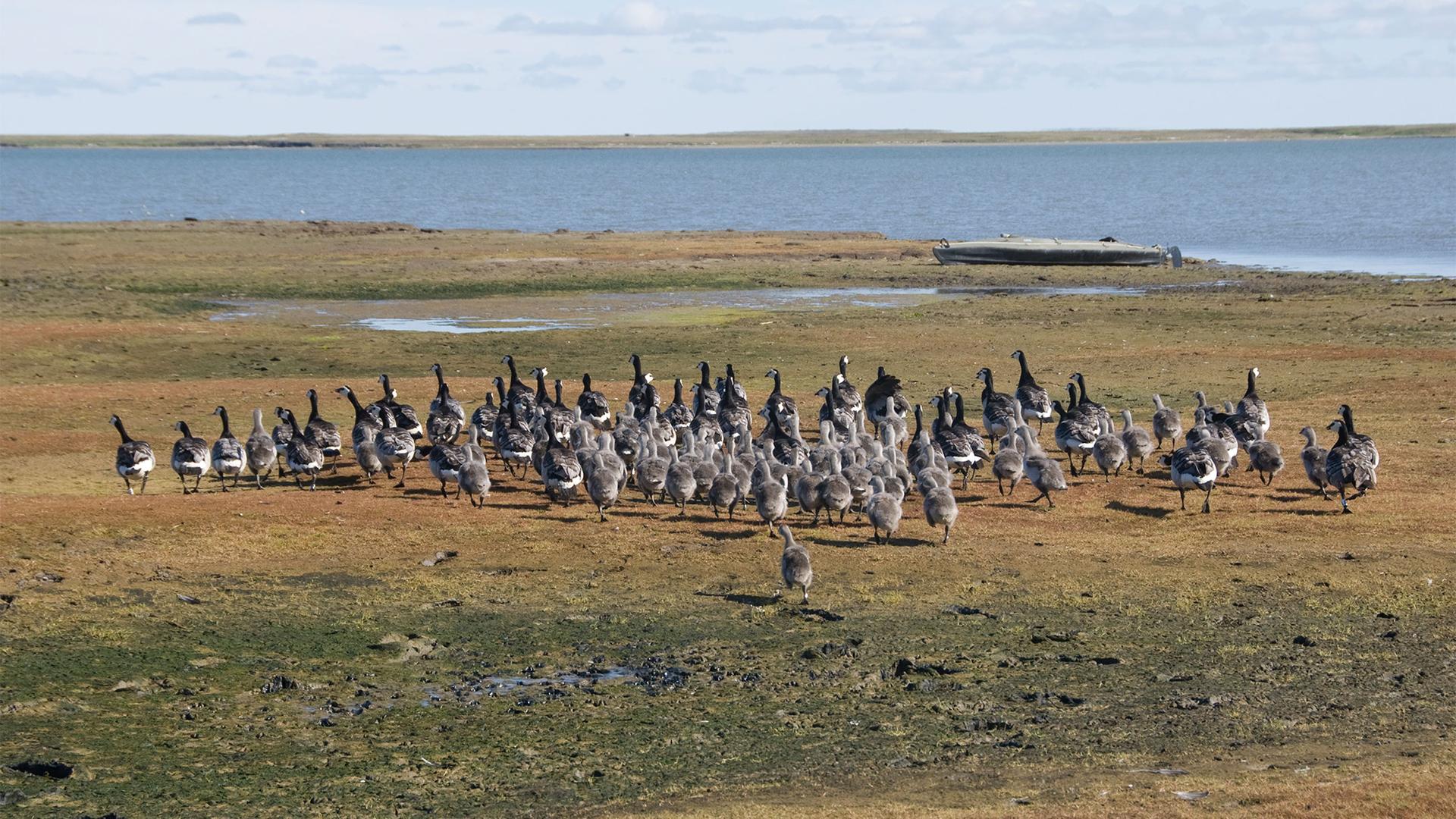Animal species are evolving to adjust to climate change, but scientists say time is running out
For most species, a changing climate doesn’t bode well. But there are examples across the animal kingdom of ones that are finding ways to adapt to a warming world.
Scientists all over the globe have been studying the changes in animal physiology and behavior, some going back generations, which they believe is linked to rising temperatures. They say the adaptations are beneficial, but may have limitations in the long term.
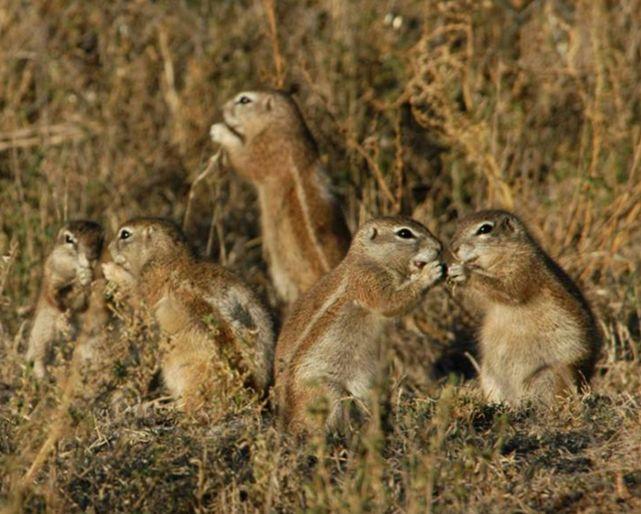
And by adapting, she means altering the size of parts of their bodies. So, Warrington set out to measure the squirrels. The first challenge was to catch them.
“They love peanut butter,” she explained. It’s “like manna from heaven for them. We put it out in these traps, and they go, ‘Ooh, peanut butter.’ And then we take them out of the traps and we do the measurements.”
One of these measurements included foot length. “And you take calipers and you just put them on from the toe to the heel,” something her colleagues have been doing for almost two decades.
This gave Warrington the ability to look back through time, compare the data to that of today’s squirrels, and test out her hunch.
What she found was that the average foot length (compared to length) had increased by 9% in just 18 years. Warrington believes that the reason could be because temperatures are getting hotter.
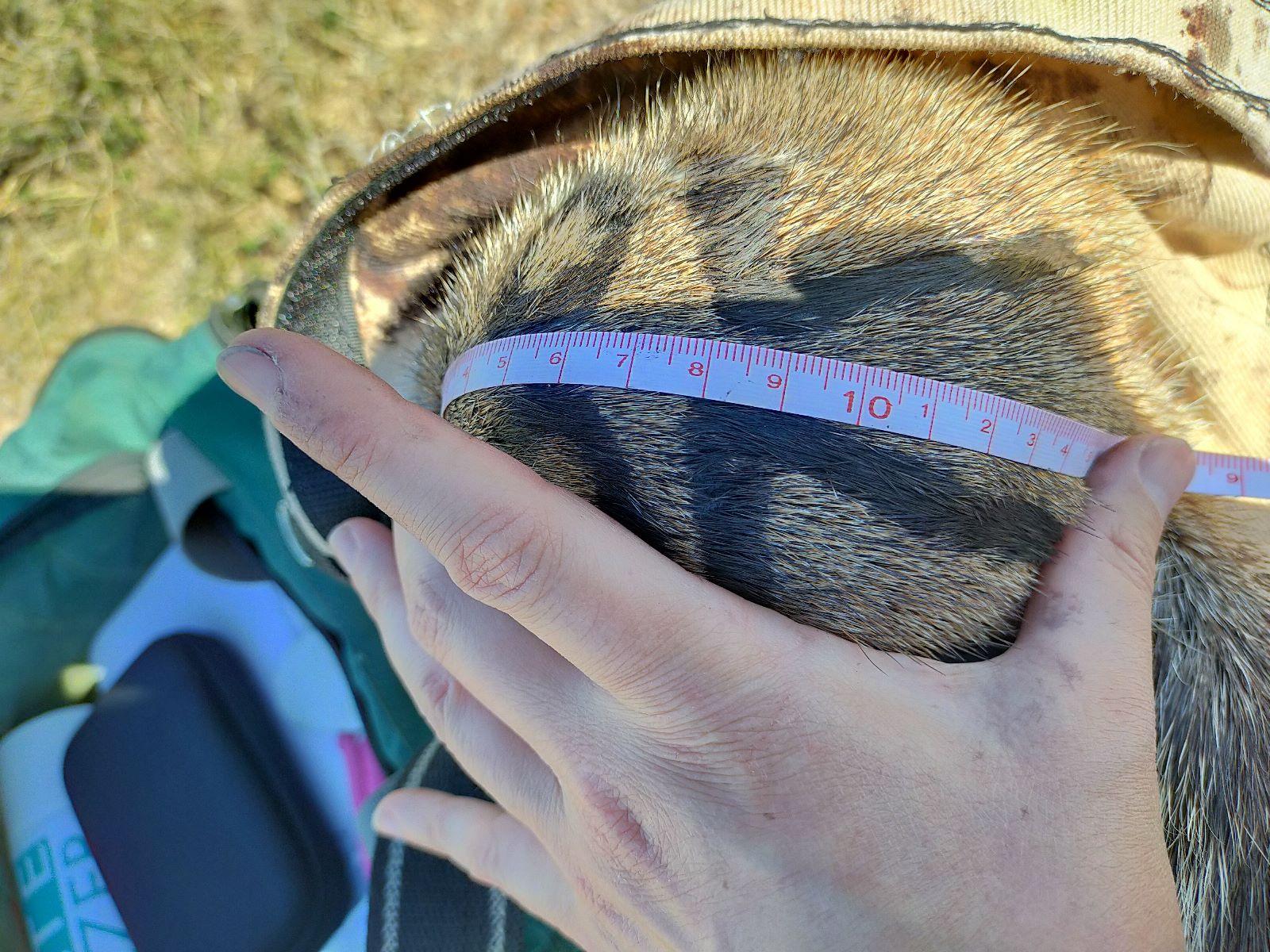
The cause and effect of this needs more research, however, in part because other changes in squirrel dimensions didn’t seem to correspond to the hotter temperatures. But her work is part of a growing body of evidence that climate change can cause certain animal species to shape-shift, especially those with rapid reproduction rates, like shrews and birds.
In Finland, for instance, as winters have grown milder, the number of brown tawny owls has surged compared to gray ones. That’s because the brown owls are better at blending in with less and less snowy environments.
Anderson Feijó, a zoologist at the Chinese Academy of Sciences in Beijing, found that shape-shifting due to climate change is also apparent in fossil records. He studied about a hundred ancient frog species and found that “medium-sized frogs seem to be the most resilient to the climate variation, while those species that are too large or too small are more sensitive” and tended to disappear when temperatures become too hot or too cold.
But adaptation doesn’t always lead to visible changes. Sometimes, the changes happen inside an animal’s body.
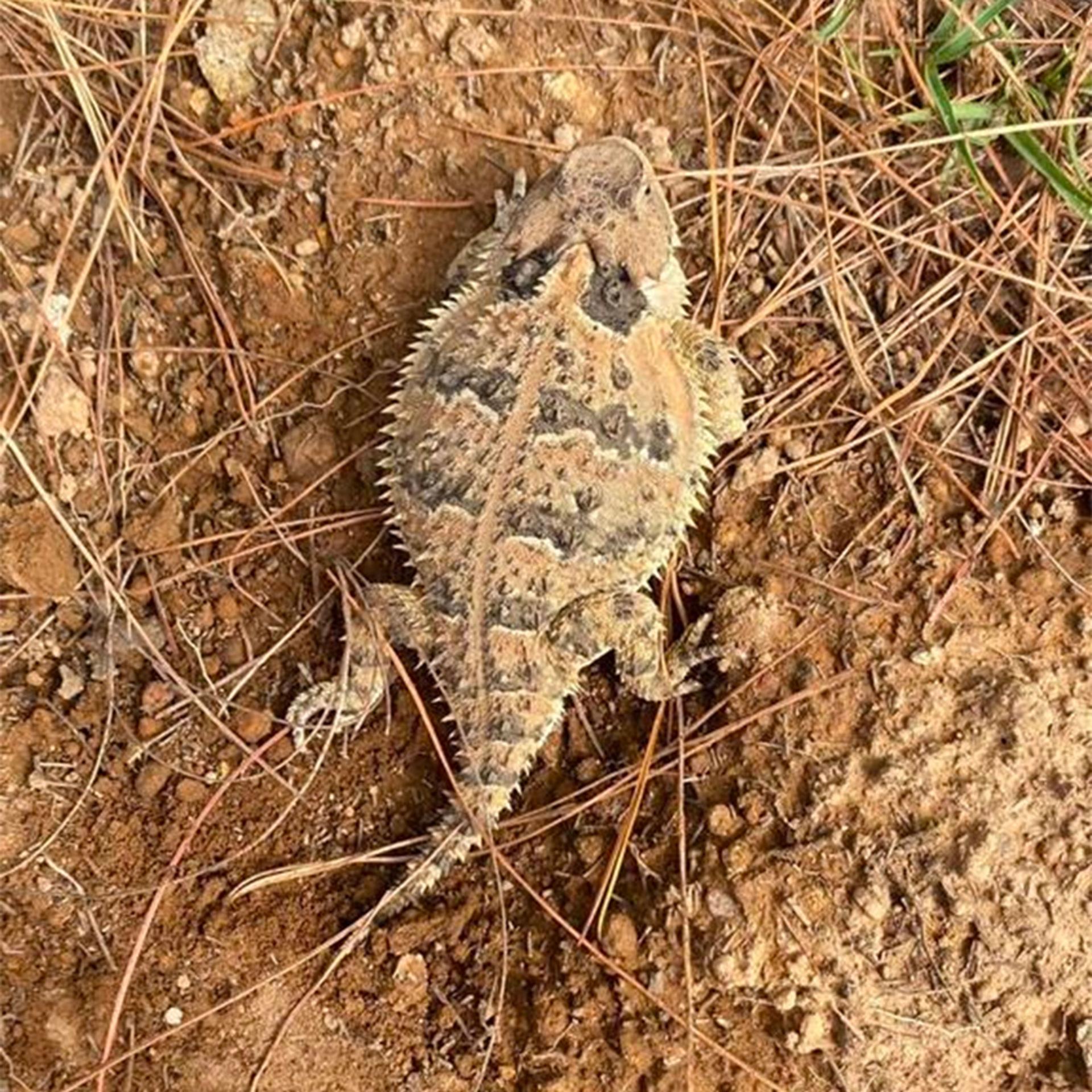
When their environment in Mexico became slightly warmer, Muñoz was curious if the lizards had adapted. So, she gathered up several dozen of them, and then “systematically cool[ed] or heat[ed] the lizards by one degree per minute, flip[ped] them onto their backs, and then determine[d] the temperature at which they los[t] the ability to flip themselves back over, this being the thermal limit to locomotion.”
After crunching the numbers, Muñoz, Saúl Domínguez Guerrero and their colleagues found that the lizards had increased their heat tolerance by about a degree. “They’re less comfortable in the cold, and more comfortable in the heat,” she summarized. And that shift happened over a single year.
While some of it was temporarily induced by the environment, some of the change was also genetic. The lizards had evolved a higher heat tolerance and were passing it down from one generation to the next. Muñoz said that this is to be expected of species with large populations.
This combination of genetic evolution and temporary environmental plasticity is also helping other types of species survive warmer temperatures, including the Acropora coral in American Samoa. Some of the corals have seen variations in their genes, allowing them to tolerate warmer water temperatures.
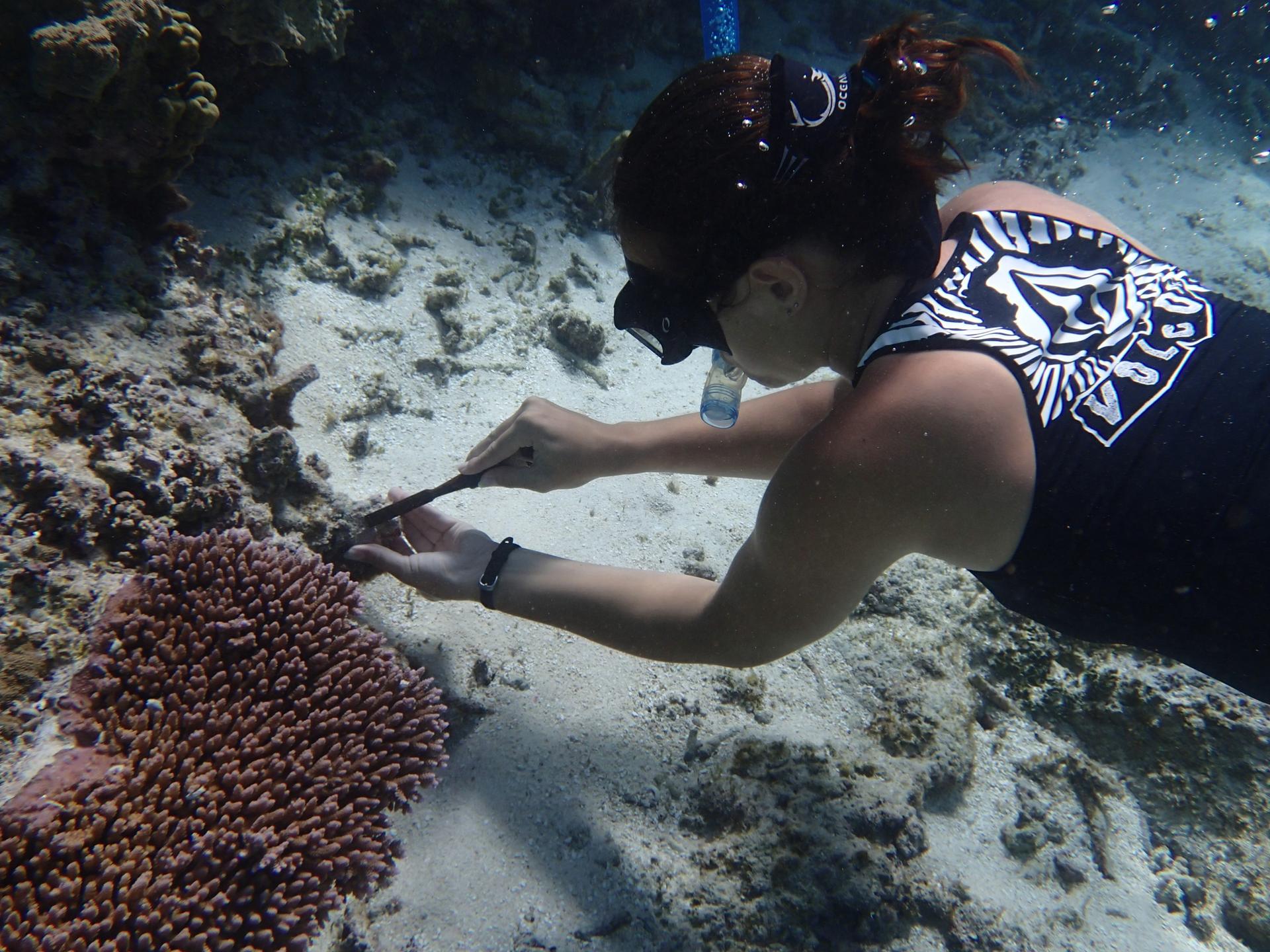
At the same time, it’s also true that “corals that have past experience with warm temperatures are better at living at higher temperatures in the future,” said Rachael Bay, an evolutionary biologist at the University of California, Davis. And although they may be protected against warming temperatures in the short term, Bay said, “we have no idea what the limits to that capacity are.”
Behavioral changes
Meanwhile, some animals are adapting behaviorally, such as pink-footed geese in the Arctic. These birds have developed new migration routes and breeding grounds, with warming temperatures opening up new habitats.
Thomas Lameris, an ecologist at the Royal Netherlands Institute for Sea Research, said that birds like these benefit from their social environments. “The way they behave is they often learn from their parents or from other geese,” he explained, allowing for any adaptive change in behavior to propagate quickly through a population.
He witnessed this firsthand at a remote spot on the tundra in the Western Russian Arctic when studying barnacle geese. The birds winter across western Europe and fly north to the Arctic to breed. They stop along the way, fueling up on fresh, nutritious grass that’s just emerged from the melting snow.

But Lameris found that in the years when the snow melts early, the geese don’t make stops to feed during their migration, making a mad dash, instead, to the breeding grounds.
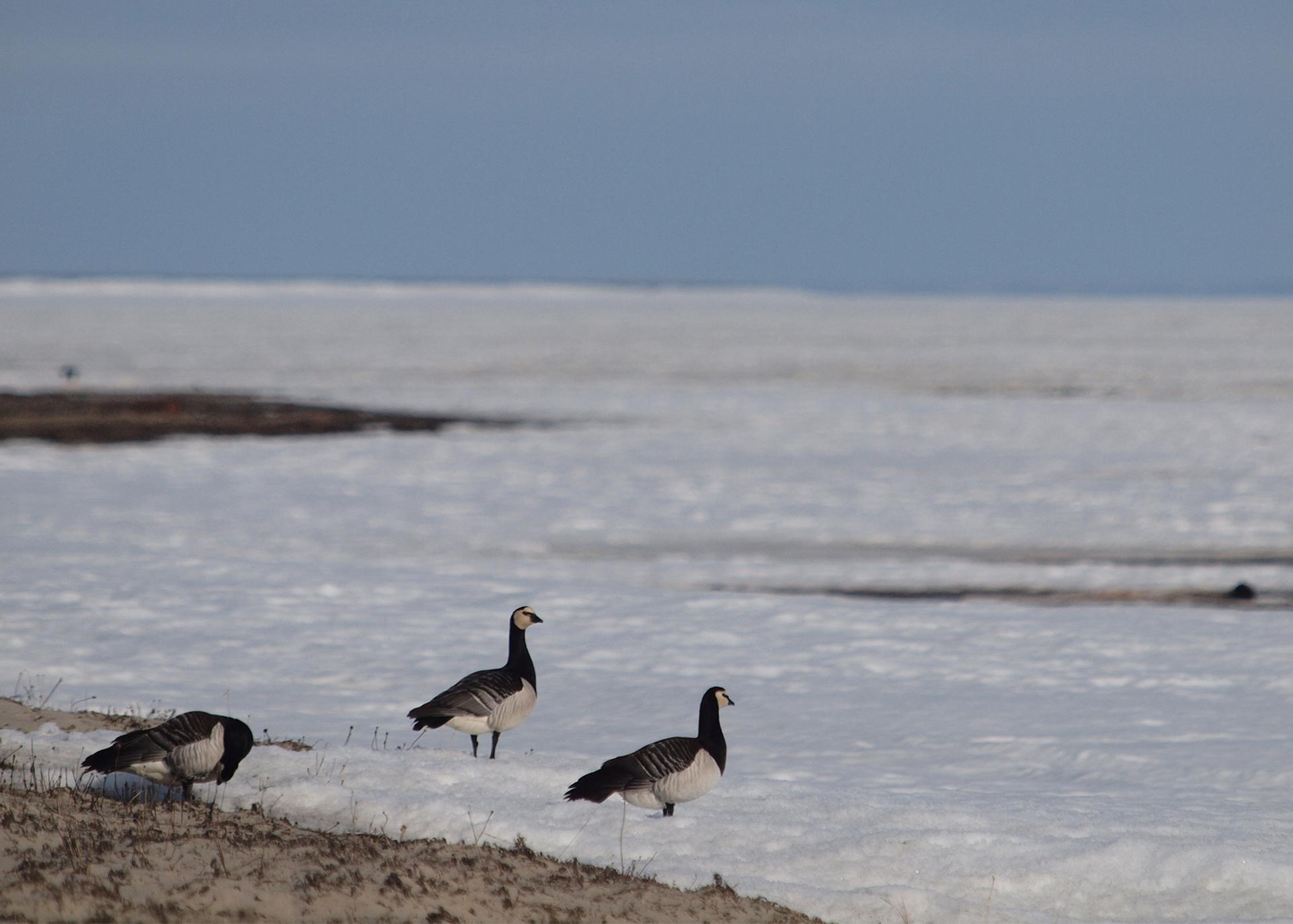
And when they arrived, “they would need a longer time to recover before they could lay their eggs,” he said.
But Lameris is heartened by what he sees as an ability for a migratory species to adapt to a warming climate.
Still, adaptation — whether genetic or behavioral — can only get a species so far.
Lotanna Micah Nneji, a conservation biologist at Princeton University, pointed to the Perret’s toad, found only in Idanre Hill in southwestern Nigeria. As rainfall patterns and temperatures shift, the habitat of these toads is shrinking. Nneji has identified other locations in the area where they could live more comfortably. But, unlike birds and mammals that can cover large distances, these toads are pretty much trapped. Those other areas are simply too far from their current range and not within protected areas.
Animal adaptations, though remarkable, are sending us a message.
… “When you’re adapting your physiology … there’s an upper limit to how far that can go …”
“Everything that organisms do is simply buying time,” said Martha Muñoz of Yale. “But if you’re going up a mountain, there’s only so far you can go. And if you’re going polewards, there’s only so far you can go. And when you’re adapting your physiology, guess what? There’s an upper limit to how far that can go, too. And if we don’t reverse action, they are truly running out of options because we’re giving them no others.”
Related: Bees face many challenges — and climate change is ratcheting up the pressure
